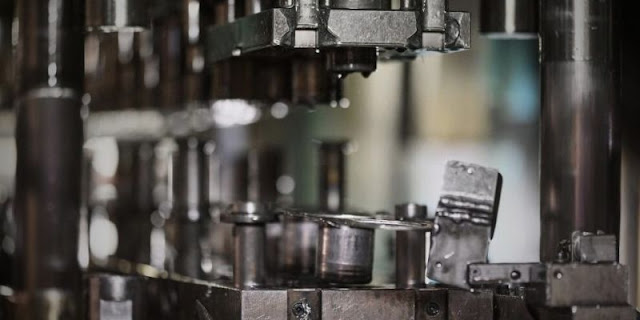The automotive industry is synonymous with precision, innovation, and efficiency. One of the unsung heroes in this industry is the hot press machine, particularly in the context of die punching. These machines are crucial in producing the high-quality, durable components that modern vehicles rely on. This blog explores the hot press machine for automobile industries die punch press, ensuring the production of parts that meet the highest standards of accuracy and strength.
The Role of Hot Press Machines in Die Punching
Hot press machines are used in various manufacturing processes, but their application in die punching for the automotive industry is particularly significant. Die punching involves cutting and shaping materials, usually metal, into specific forms. This process requires extreme precision, as even the slightest deviation can result in unusable parts.
Hot press machines enhance this process by applying both heat and pressure to the material being shaped. This dual action not only helps in achieving the desired shape with high accuracy but also improves the material properties, making the final product stronger and more durable.
Key Advantages of Hot Press Machines in Automotive Manufacturing
Enhanced Precision
- Accuracy in Shaping: The combination of heat and pressure ensures that materials can be shaped with high precision. This is particularly important in the automotive industry, where components need to fit perfectly and function flawlessly.
- Consistency: Hot press machines can produce parts consistently, which is crucial for mass production. Each piece meets the exact specifications, reducing the likelihood of defects.
Improved Material Properties
- Strength and Durability: The heat applied during the pressing process can alter the microstructure of the metal, enhancing its strength and durability. This is vital for automotive parts that must withstand significant stress and wear.
- Stress Reduction: The process helps in relieving internal stresses within the material, reducing the risk of fractures or failures during operation.
Versatility
- Wide Range of Materials: Hot press machines can work with various materials, including different types of metals and composites. This versatility makes them indispensable in producing a wide range of automotive components.
- Complex Shapes: These machines can create complex shapes that would be challenging or impossible to achieve with traditional machining methods.
The Future of Hot Press Machine for Automobile Industries Die Punch Press
As the automotive industry continues to evolve, the demand for even greater precision and efficiency in manufacturing processes grows. Hot press machines are likely to become even more advanced, incorporating new technologies to further enhance their capabilities. Innovations such as:
Automation and AI Integration
- Smart Manufacturing: The integration of automation and artificial intelligence can improve the efficiency and accuracy of hot press machines. These technologies can optimize the pressing process in real time, adjusting parameters to ensure the highest quality output.
- Predictive Maintenance: AI can also predict when a machine needs maintenance, reducing downtime and ensuring continuous production.
Advanced Materials
- New Alloys and Composites: The development of new materials with superior properties will require hot press machines to adapt. These machines will need to handle materials with different melting points and stress characteristics, pushing the boundaries of current technology.
Hot press machines are at the heart of die punching in the automotive industry, playing a crucial role in producing high-quality, durable components. Their ability to combine heat and pressure to shape materials with precision ensures that automotive parts meet the stringent demands of modern vehicles.
As technology advances, these machines will continue to evolve, driving further innovation and efficiency in automotive manufacturing. Embracing these advancements will be key to maintaining the high standards of precision and durability that the industry demands.









0 Comments